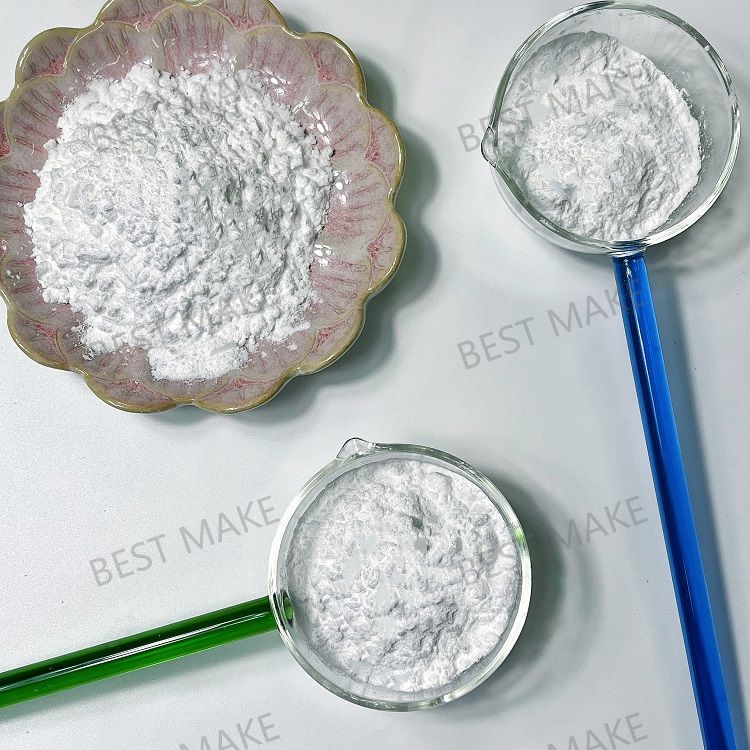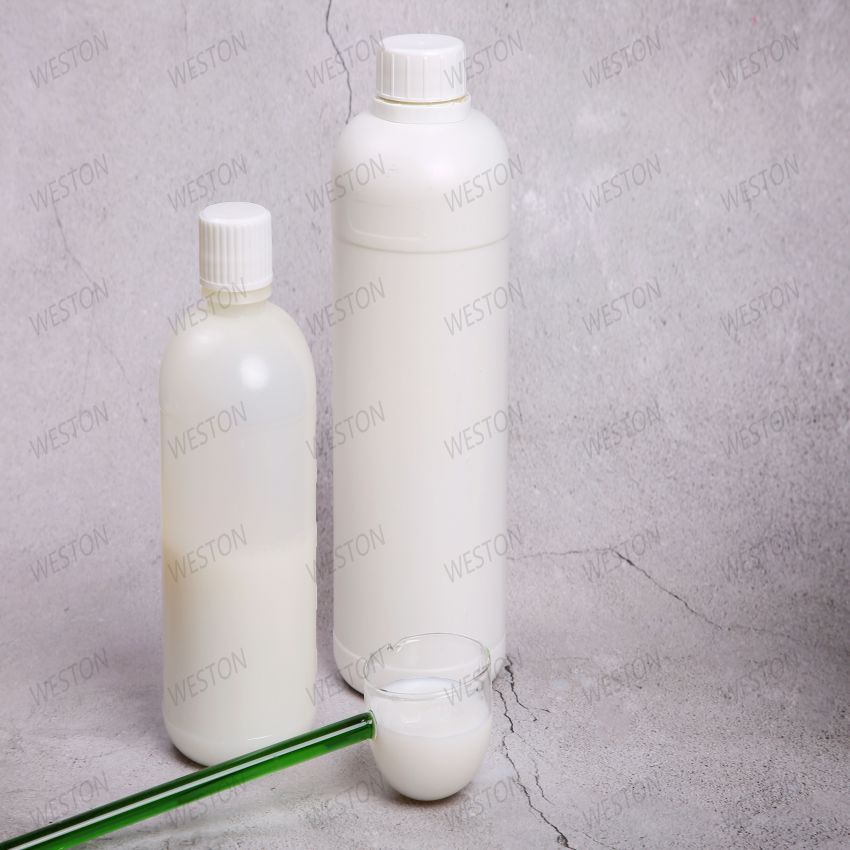-
Categories
-
Pharmaceutical Intermediates
-
Active Pharmaceutical Ingredients
-
Food Additives
- Industrial Coatings
- Agrochemicals
- Dyes and Pigments
- Surfactant
- Flavors and Fragrances
- Chemical Reagents
- Catalyst and Auxiliary
- Natural Products
- Inorganic Chemistry
-
Organic Chemistry
-
Biochemical Engineering
- Analytical Chemistry
- Cosmetic Ingredient
-
Pharmaceutical Intermediates
Promotion
ECHEMI Mall
Wholesale
Weekly Price
Exhibition
News
-
Trade Service
4.
4.
The excess iodine chloride reacts with the sample.
4.
4.
4.
4.
4.
Or weigh 13g of iodine and dissolve it in 1L of glacial acetic acid , and pass in dry chlorine until the solution turns from brown to orange
4.
4.
4.
Weigh 5g of sample to the nearest 0.
At the same time, make a blank test
4.
Iodine value X 2 (gI/100g) is calculated according to formula (2):
In the formula: V 0 -the volume of the sodium thiosulfate standard titration solution consumed by the blank test, mL;
V 2 —The volume of the standard titration solution of sodium thiosulfate consumed by the sample, mL;
c 2 —The actual concentration of sodium thiosulfate standard titration solution, mol/L;
0.
1269 —The mass of iodine expressed in grams equivalent to 1.
00mL sodium thiosulfate standard titration solution [c(Na 2 S 2 O 3 )=1.
000mol/L];
m—the mass of the sample, g
.
Take the arithmetic average of the two parallel determination results as the determination result, and the difference between the two determination results shall not exceed 0.
1gI/100g
.
4.
6 Determination of hydroxyl value
4.
6.
1 Method summary
Alcohol reacts with excess acetylating agent.
After the reaction is completed, add water to hydrolyze the remaining acetic anhydride , and then neutralize the generated acetic acid with alkali
.
4.
6.
2 Reagents and solutions
4.
6.
2.
1 Neutral absolute ethanol : neutralize with alkali to neutral to phenolphthalein;
4.
6.
2.
2 Acetylation reagent: anhydrous pyridine: acetic anhydride = 4+1 (freshly prepared);
4.
6.
2.
3 Potassium hydroxide ethanol standard titration solution: c(KOH)=0.
5mol/L
.
For the preparation method of potassium hydroxide ethanol standard titration solution, see 4.
4.
2.
2
.
Calibration method: Weigh 3g of standard potassium hydrogen phthalate that has been baked to constant weight at 105℃~110℃ , weigh to 0.
0001g, dissolve it in 80mL carbon dioxide-free water, add 2 drops of phenolphthalein indicator solution, and prepare it.
The potassium hydroxide ethanol standard titration solution is titrated until the solution is pink, and a blank test is performed at the same time
.
The concentration of the potassium hydroxide ethanol standard titration solution is calculated by the following formula .
In the formula: c 3 — the concentration of potassium hydroxide ethanol standard titration solution, mol/L;
m—The mass of potassium hydrogen phthalate, g;
V 1 —Dosage of potassium hydroxide solution, mL;
V 2 —Dosage of potassium hydroxide solution for blank test, mL;
0.
2042—The mass of potassium hydrogen phthalate expressed in grams equivalent to 1.
00ml potassium hydroxide standard titration solution [c(KOH)=1.
000mol/L], g
.
4.
6.
2.
4 Phenolphthalein indicator solution: 10g/L
.
4.
6.
3 Analysis steps
Weigh 0.
5g~1.
0g sample, accurate to 0.
0002g in an iodine measuring flask, accurately pipette 3mL of freshly prepared acetylation reagent, put the funnel on the bottle mouth, and put it in a constant temperature glycerin bath at 96℃~99℃ , Immerse the bottom of the iodine measuring flask to a depth of about 1cm, and heat it to reflux for 1h
.
Take out and cool to room temperature, add 2 mL of water from the funnel mouth, and shake well
.
Then put it in a glycerin bath at 96℃~99℃, and heat and hydrolyze for 5min
.
Take it out and cool it to room temperature, rinse the inner and outer walls of the funnel and the inner wall of the bottle with 50 mL of neutral absolute ethanol, add 3 drops of phenolphthalein indicator solution, and titrate with potassium hydroxide ethanol standard titration solution until the pink color lasts for 30 seconds without fading as the end point
.
At the same time, make a blank test
.
4.
6.
4 Calculation of analysis results
The hydroxyl value X 3 (mg KOH/g) is calculated according to formula (3):
In the formula: V 0 -the volume of the potassium hydroxide ethanol standard titration solution consumed in the blank test, mL;
V 3 —The volume of the potassium hydroxide ethanol standard titration solution consumed by the titration sample, mL;
c 3 —The concentration of potassium hydroxide ethanol standard titration solution, mol/L;
0.
0561— The mass of potassium hydroxide expressed in grams equivalent to 1.
00ml potassium hydroxide ethanol standard titration solution [c(KOH)=1.
000mol/L] ;
m—the mass of the sample, g
.
Take the arithmetic average of the two parallel determination results as the determination result, and the difference between the two parallel determination results shall not exceed 3 mg KOH/g
.
Related Links: Cetyl Alcohol (2)







